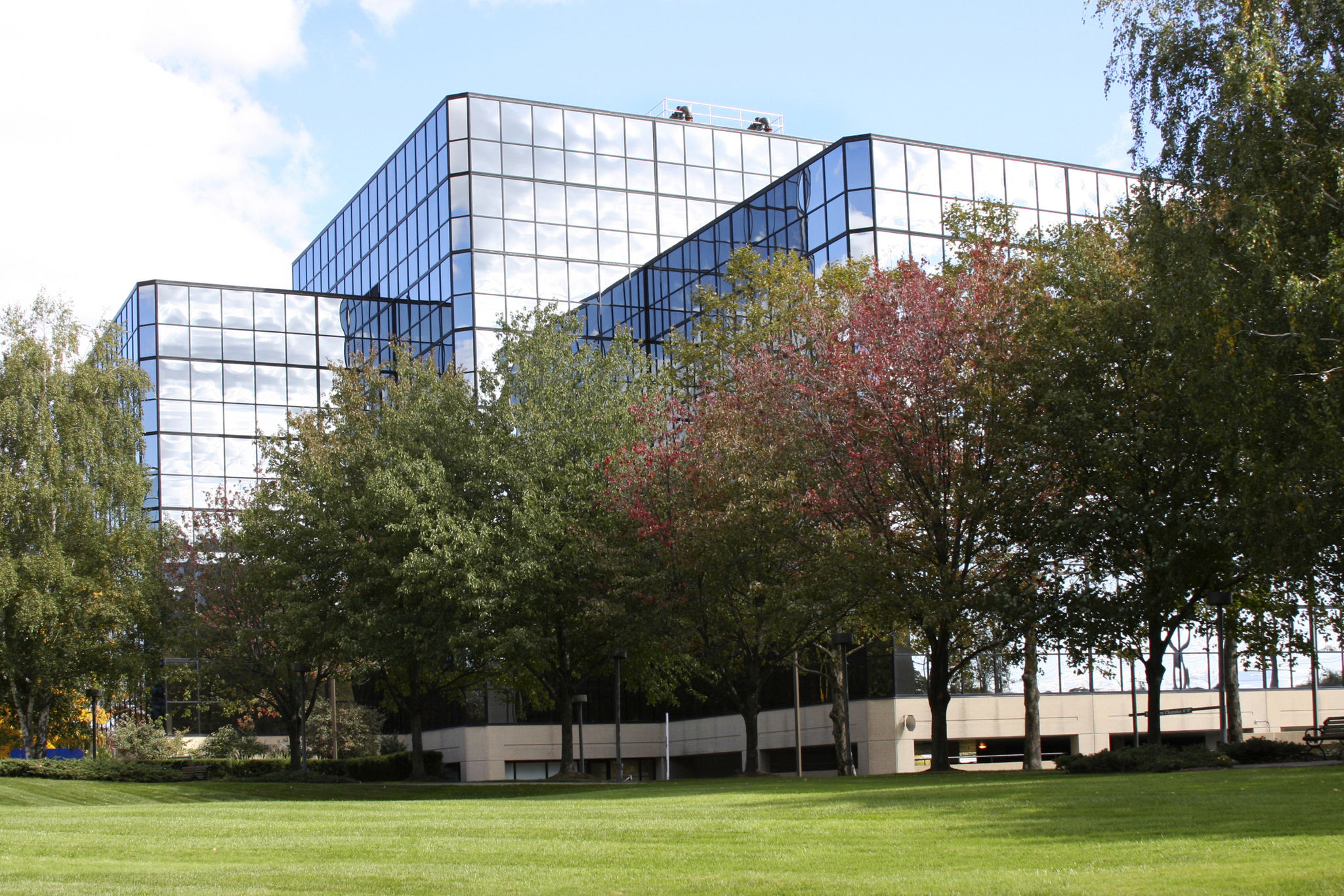Eco-Friendly Landscaping: Transforming Corporate Spaces Sustainably
Understanding Eco-Friendly Landscaping
As businesses strive to reduce their environmental impact, eco-friendly landscaping has emerged as a vital component of sustainable corporate practices. By transforming outdoor spaces into green havens, companies can contribute to environmental conservation while enhancing their brand image. Eco-friendly landscaping is not just about aesthetics; it’s about creating a balance between business operations and the natural world.
Eco-friendly landscaping incorporates native plants, sustainable materials, and efficient water management systems. These elements work together to create landscapes that require less maintenance and fewer resources. By opting for native plants, businesses can ensure their landscapes thrive with minimal intervention, as these plants are naturally adapted to local climate conditions.

Benefits of Sustainable Landscapes
One of the primary benefits of eco-friendly landscaping is its positive impact on the environment. Sustainable landscapes help reduce carbon footprints by utilizing plants that absorb carbon dioxide and release oxygen. Additionally, they promote biodiversity by providing habitats for local wildlife.
From a business perspective, sustainable landscapes can lead to cost savings over time. Reduced water consumption, lower maintenance costs, and increased property value are just a few financial advantages. Furthermore, businesses that invest in eco-friendly landscaping often experience enhanced employee well-being and productivity, as green spaces have been shown to reduce stress and promote mental health.

Implementing Eco-Friendly Practices
To implement eco-friendly landscaping, companies should start by conducting a thorough site analysis. This involves assessing soil quality, drainage patterns, and existing vegetation. With this information, a tailored landscaping plan can be developed to address specific environmental challenges and opportunities.
Incorporating water-saving techniques is crucial for sustainable landscapes. Businesses can install rain gardens or bioswales to manage stormwater runoff effectively. Drip irrigation systems and rainwater harvesting are also excellent methods to conserve water resources. Additionally, using permeable paving materials helps reduce surface runoff and allows rainwater to replenish groundwater supplies.

Choosing the Right Plants
Selecting the right plants is essential for creating a thriving eco-friendly landscape. Native species are the best choice as they require less water and are more resistant to local pests and diseases. Consider incorporating a variety of trees, shrubs, and perennials to create a dynamic and resilient ecosystem.
Incorporating edible plants like herbs or fruit trees can add an extra layer of sustainability. Not only do these plants provide food resources, but they also enhance the landscape’s aesthetic appeal. Vertical gardens and green roofs are other innovative options for maximizing space and integrating greenery into urban environments.

Maintaining Sustainable Landscapes
Once established, maintaining an eco-friendly landscape requires thoughtful planning and regular care. Implementing an organic maintenance routine is key. This includes using natural fertilizers and pesticides to minimize chemical runoff and pollution.
Regular monitoring of soil health and plant conditions ensures that the landscape remains vibrant and healthy. Businesses should also consider implementing a composting program to recycle organic waste into nutrient-rich soil amendments. This not only reduces waste but also improves soil quality over time.

The Future of Corporate Landscapes
As awareness of environmental issues continues to grow, the demand for sustainable corporate landscapes is likely to increase. Companies that prioritize eco-friendly landscaping will not only benefit from improved environmental performance but also enhance their reputation as responsible corporate citizens.
Ultimately, embracing eco-friendly landscaping is a proactive step towards a more sustainable future. By transforming corporate spaces into green sanctuaries, businesses can lead by example and inspire others to join the movement towards environmental stewardship and sustainability.
